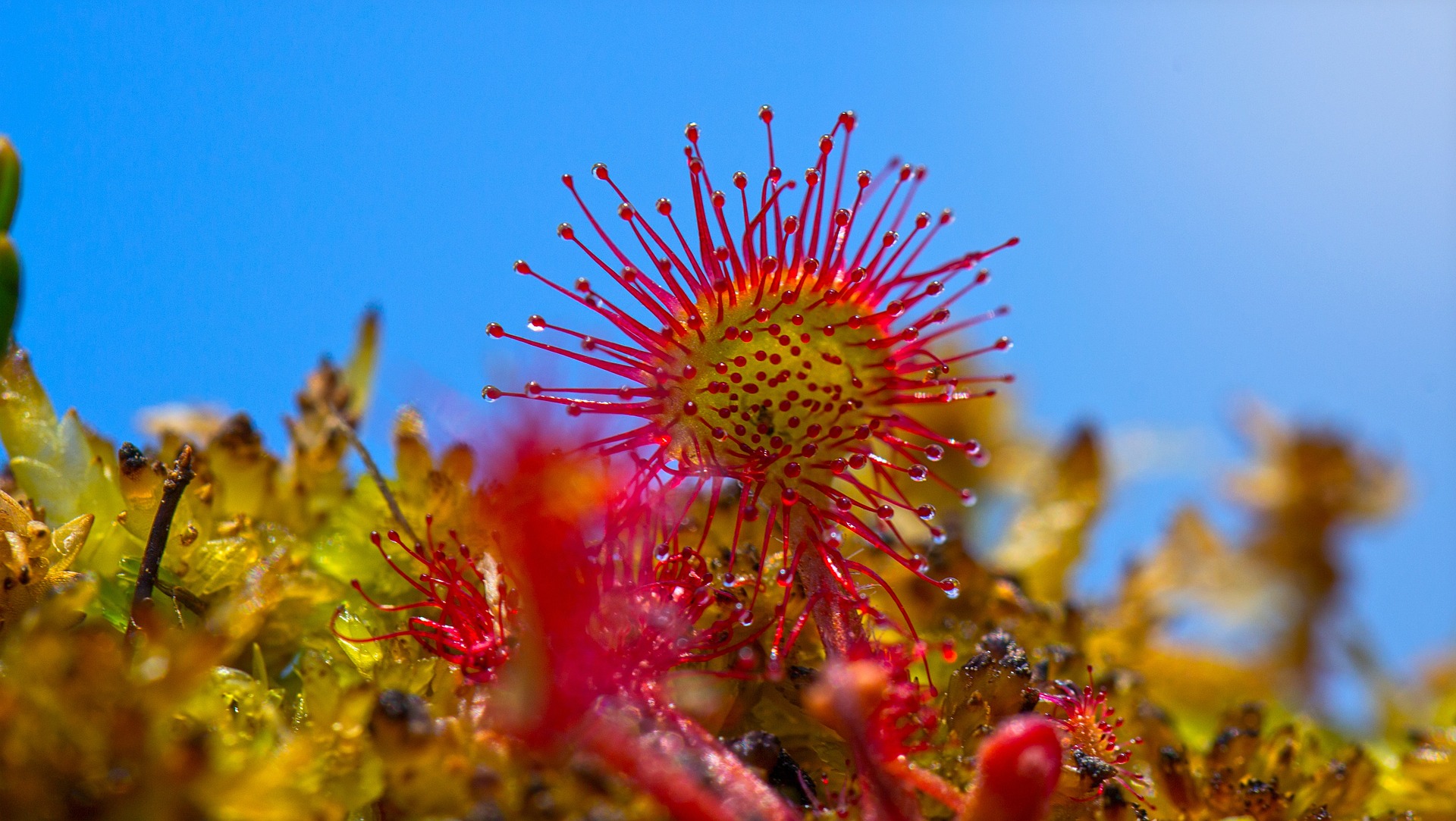When most people think of plants, they think of peaceful and passive organisms that simply sit in one place and collect sunlight. However, there are some plants out there that are anything but passive. Carnivorous plants are a unique group of flora that have adapted to catch and digest insects, spiders, and even small animals. In this article, we'll explore the fascinating world of carnivorous plants and the strategies they've evolved to survive.
Types of Carnivorous Plants: There are over 600 species of carnivorous plants found all over the world. Some of the most common types include pitcher plants, Venus flytraps, sundews, and bladderworts. Each type of carnivorous plant has evolved unique adaptations to capture and digest their prey.
How Carnivorous Plants Capture Prey: Carnivorous plants use a variety of strategies to capture their prey. Pitcher plants have a deep cavity filled with digestive enzymes that trap insects. Venus flytraps use their leaves to snap shut on unsuspecting prey. Sundews have sticky tentacles that entrap their prey. Bladderworts have tiny bladders that suck in small aquatic animals.
How Carnivorous Plants Digest Prey: Once a carnivorous plant has caught its prey, it needs to digest it. Carnivorous plants have evolved unique enzymes and strategies to break down and absorb the nutrients from their prey. Some species have even developed relationships with bacteria that help with digestion.
Evolution of Carnivorous Plants: Scientists believe that carnivorous plants evolved from non-carnivorous ancestors that were struggling to survive in nutrient-poor environments. Over time, these plants developed unique adaptations to capture and digest prey and evolved into the carnivorous plants we know today.
Follow us: Don't forget to check out our YouTube channel and coverage on Google News.
We appreciate your support and look forward to helping you grow the garden of your dreams!





Δεν υπάρχουν σχόλια:
Δημοσίευση σχολίου